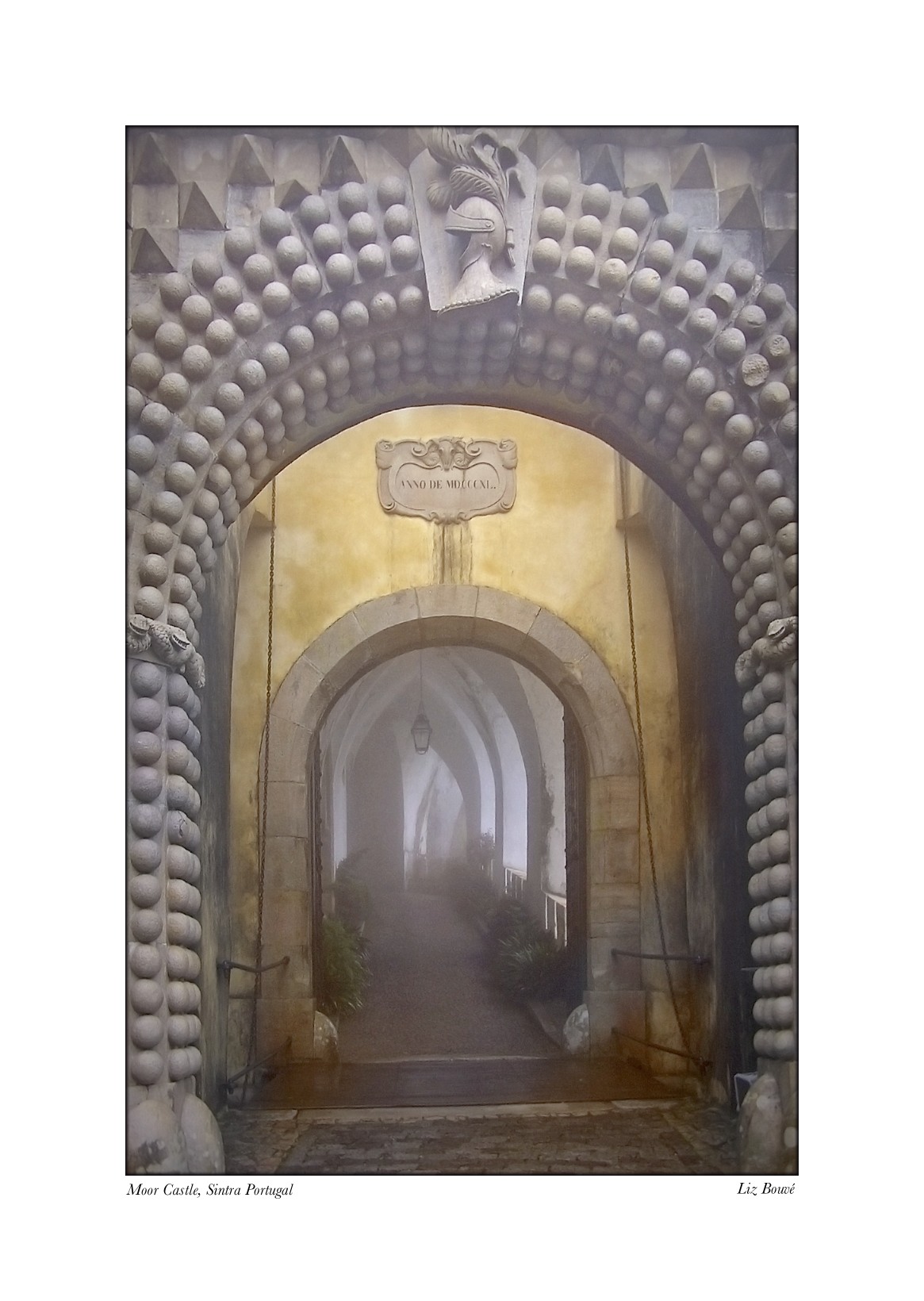
The Window’s Dance
This remarkable model of interpersonal relationships has been widely used by educators, trainers, consultants and coaches. This model is often praised—and even more often used (even by those who are skeptical about its ultimately validity). This model goes by an intriguing name: “The Johari Window.” Perhaps this is one of the reasons for its remarkable popularity. There are other reasons why this model is probably the most widely used representation of human interaction to be found in the world today. It is graphically very appealing. Symmetrical. Great to present on Power Point or on a flip chart with multi-colored markers. It holds an immediate appeal. Capturing something about the mysterious dance of human interaction.
In a nutshell by applying the Johari Window we know why old George over there irritates us or why we don’t get along with Susan. Like the Myers-Briggs Type Indicator, the Johari Window allows us to talk about difficult interpersonal relationships from a somewhat “objective” perspective. The least often mentioned (but perhaps most important) reason for the popularity of the Johari Window is that it seems to be an orphan. There is no author, so the model can be used without paying any royalties or purchasing anyone’s book.
Unfortunately, this last reason is not valid. There is an author and there is a book. Yet, this person and book are rarely cited by those who use the Johari Window. The person is Joe Luft. The book is On Human Interaction. Actually, Joe Luft isn’t the only author and On Human Interaction is not really the source of the Johari Window. The Johari Window was presented first at a human relations conference held in Ojai California during the 1950s. Sponsored by the University of California in Los Angeles, the Ojai conferences brought together some of the most accomplished human relations and organization development researchers and consultants in North America to provide education and training to high level executives in major organizations.
As is typical of this type of high-level and high-powered conferences, senior staff members were asked by the conference dean to prepare brief presentations that relate specifically to the dynamic events emerging from the intensive interpersonal experiences of the conference. At this particular Ojai conference, two of the senior staff members—Joe Luft and Harrington Ingram—were asked to prepare a presentation on interpersonal relationships that would be presented the following morning at a general session. Joe and Harrington sat down with a flip chart page and magic marker in hand to prepare this presentation. On a now-fabled tree stump they sketched out a four-cell model of interpersonal relationships that focused on the degree to which two people are open with one another in sharing their thoughts and feelings (especially about one another).








